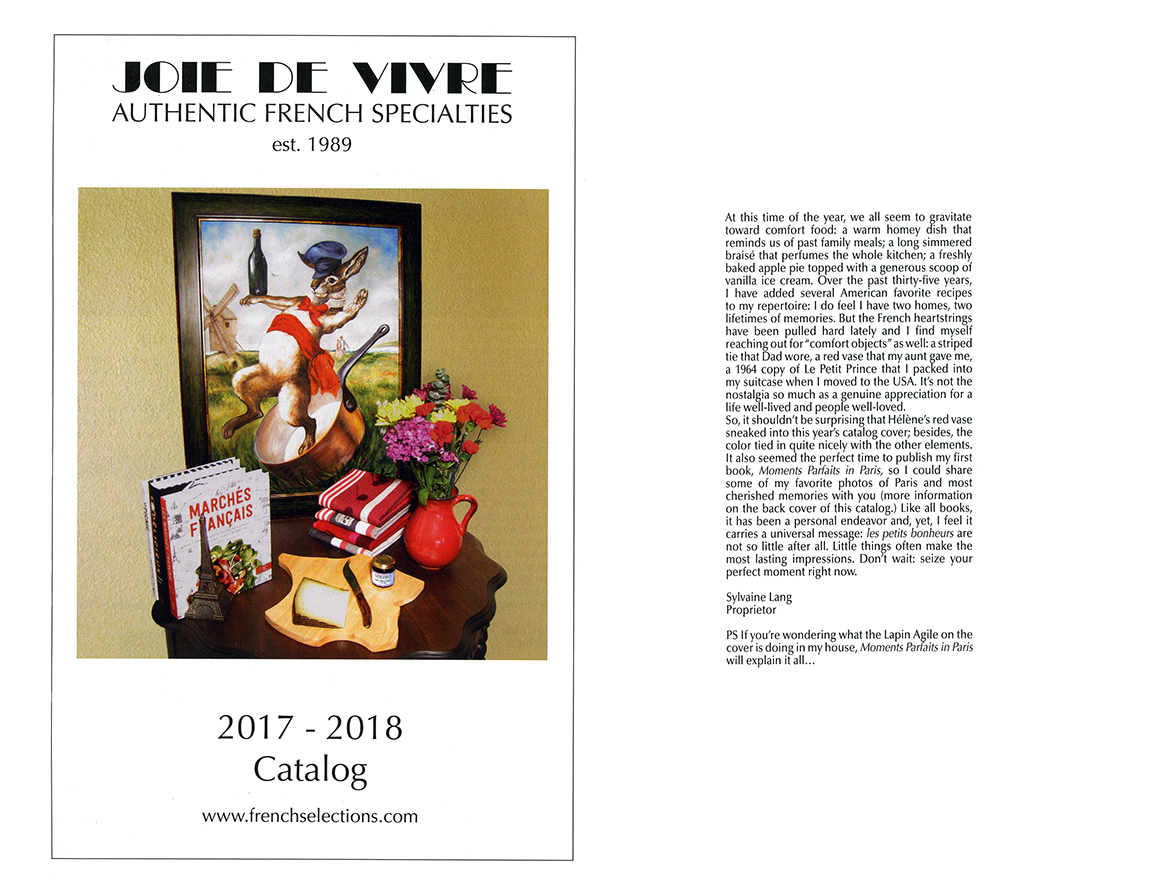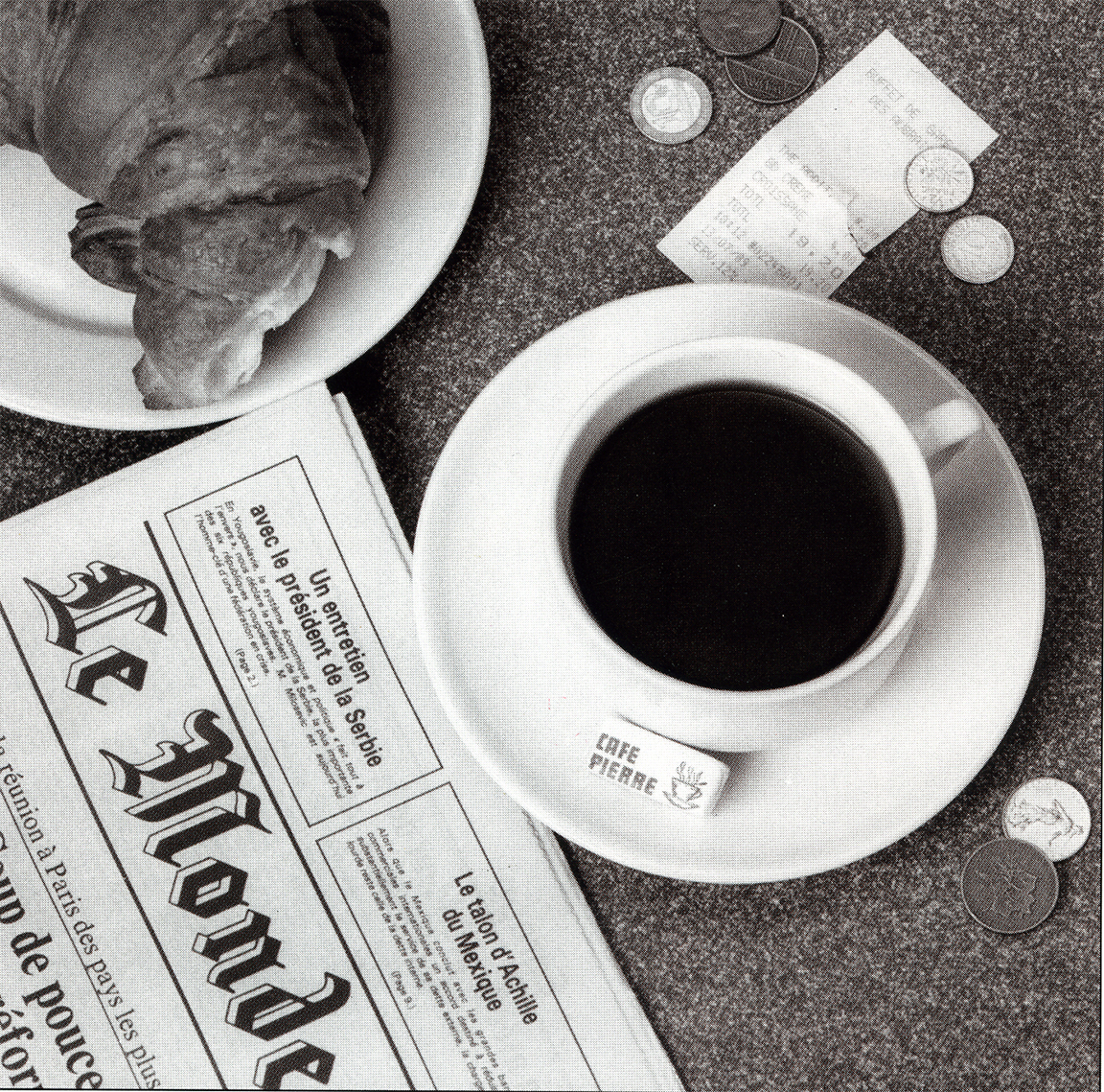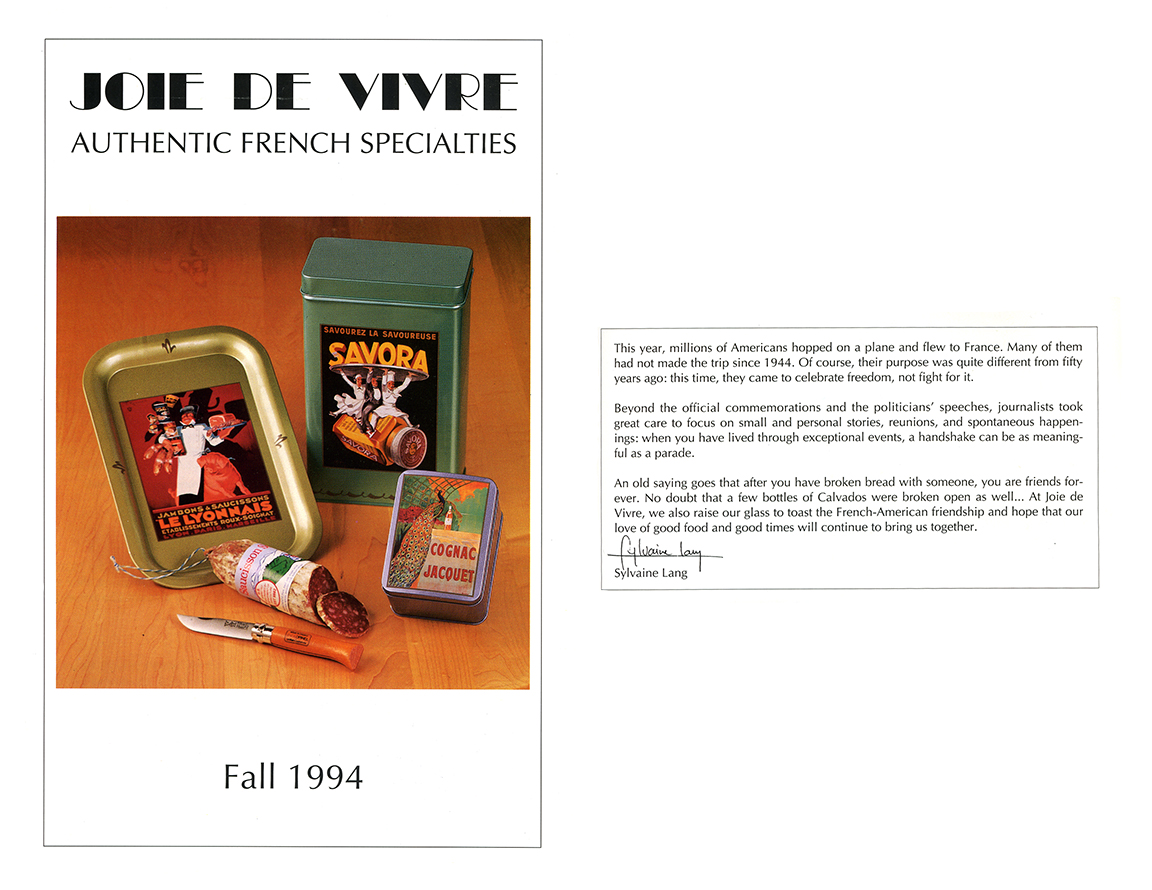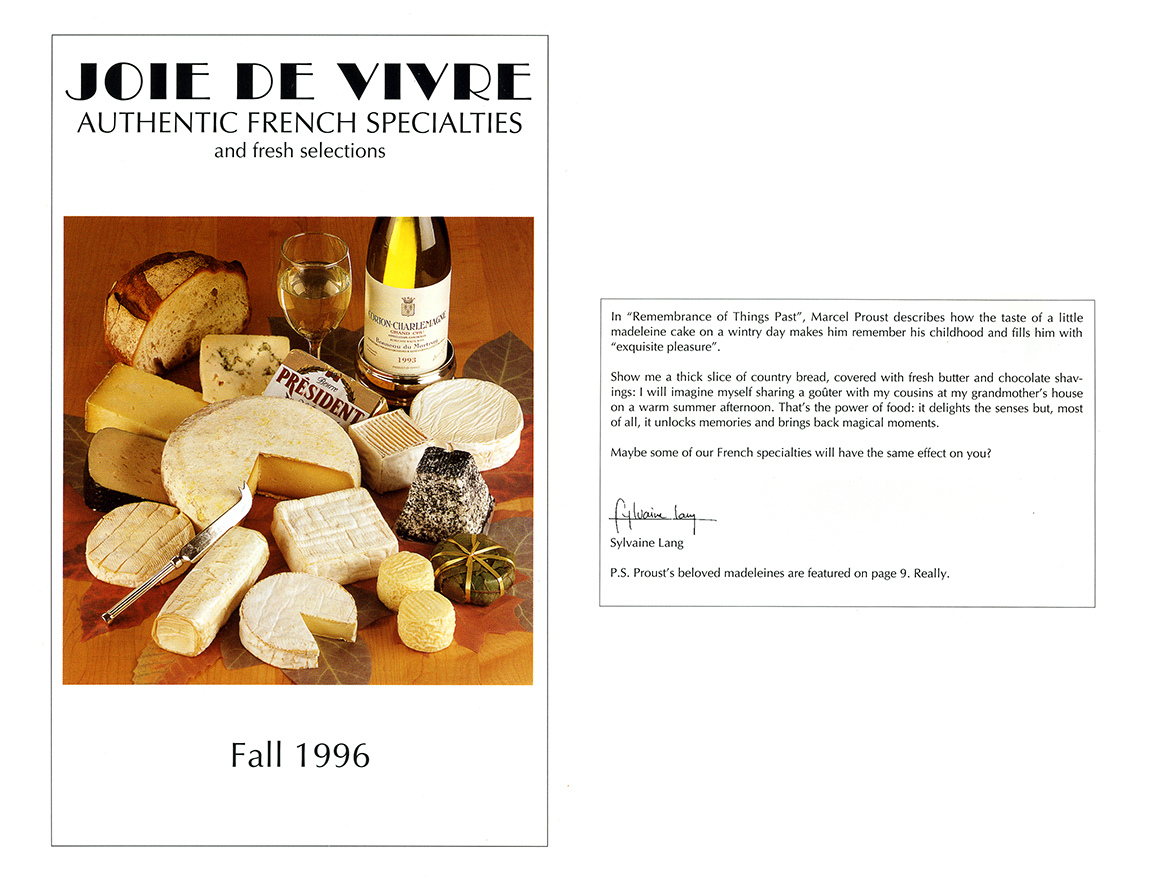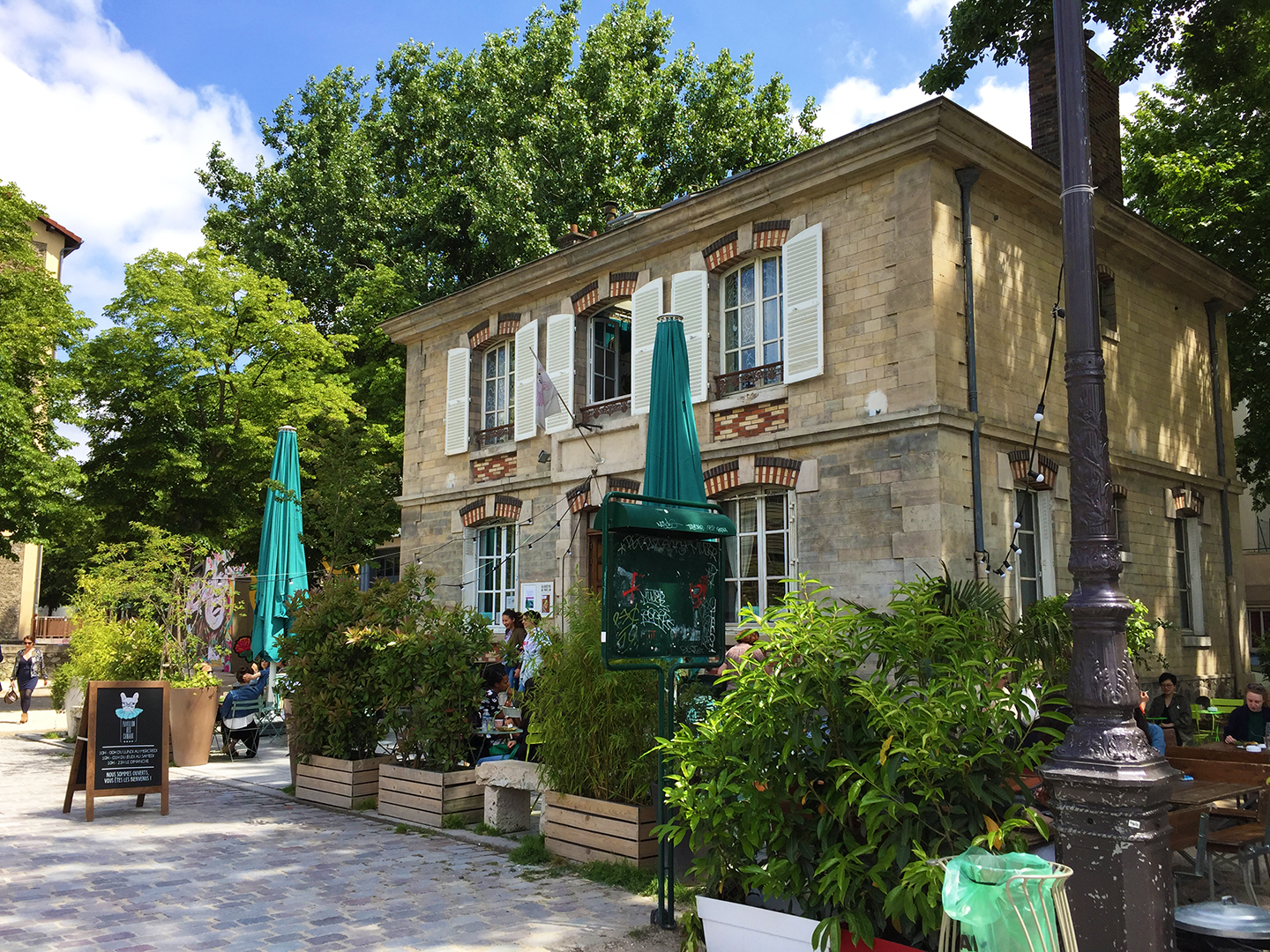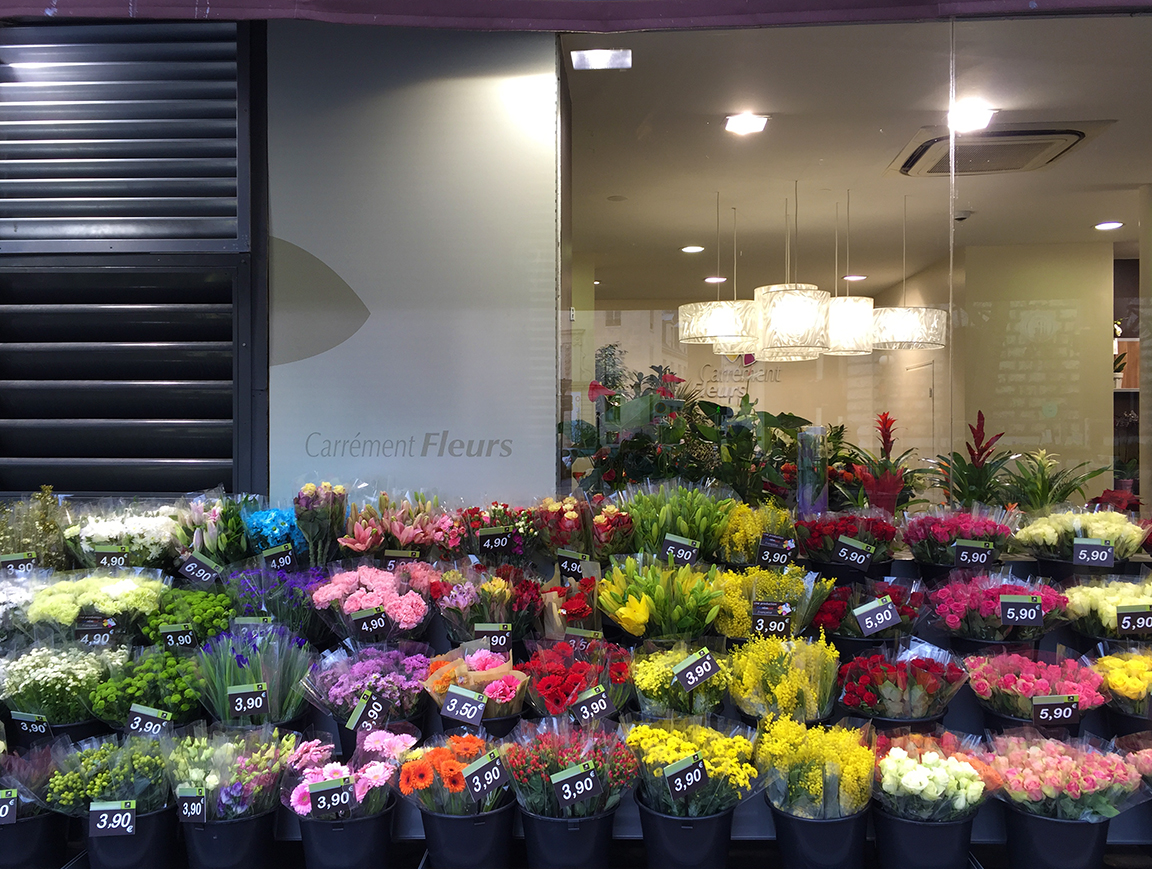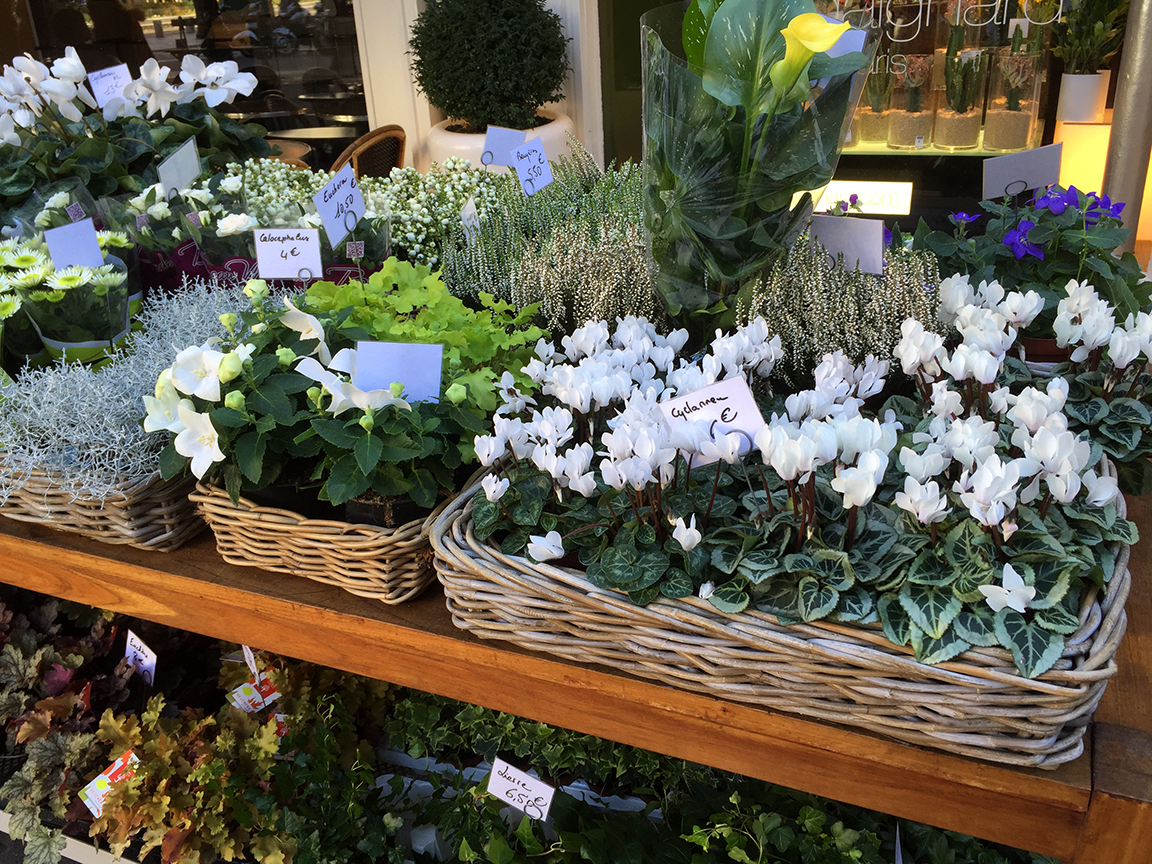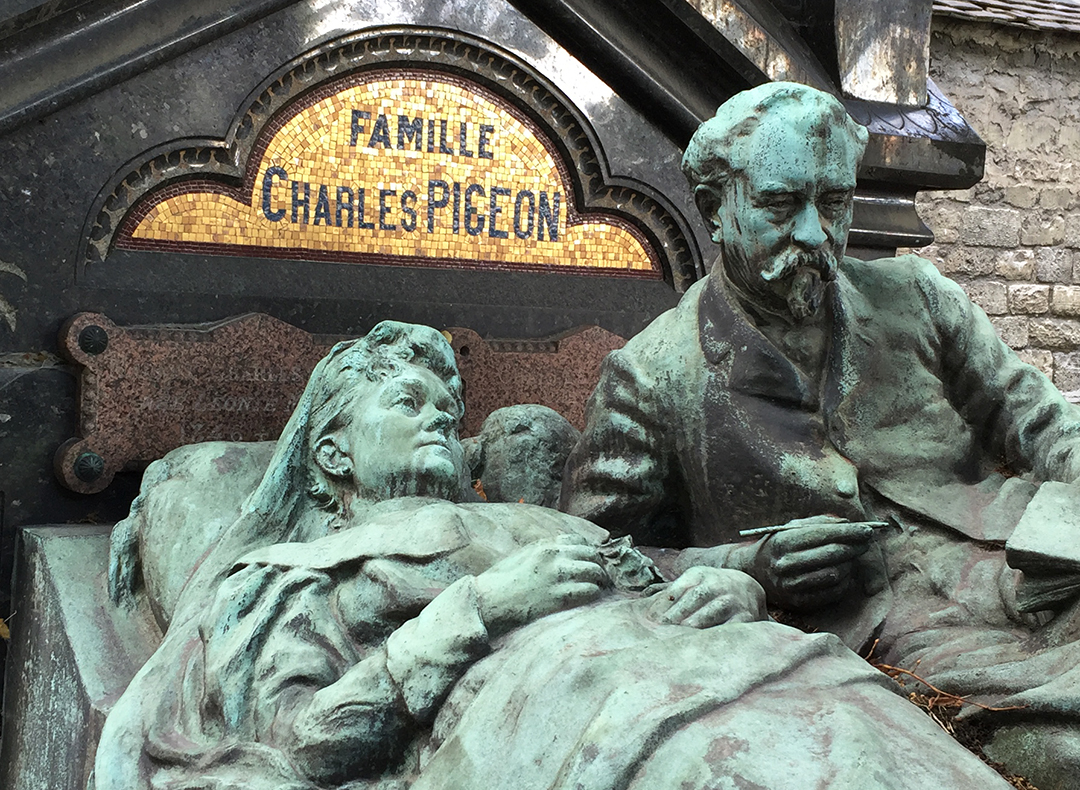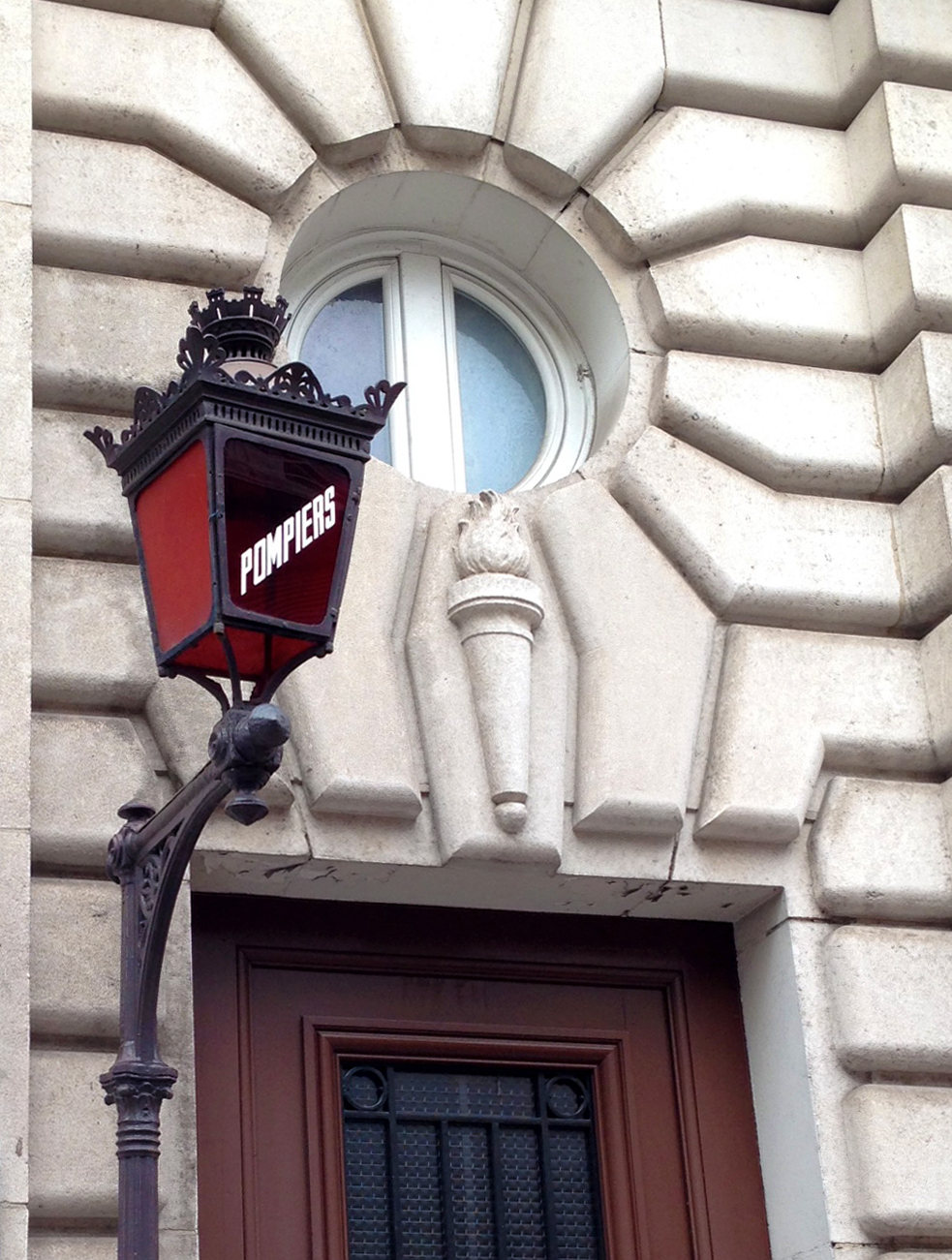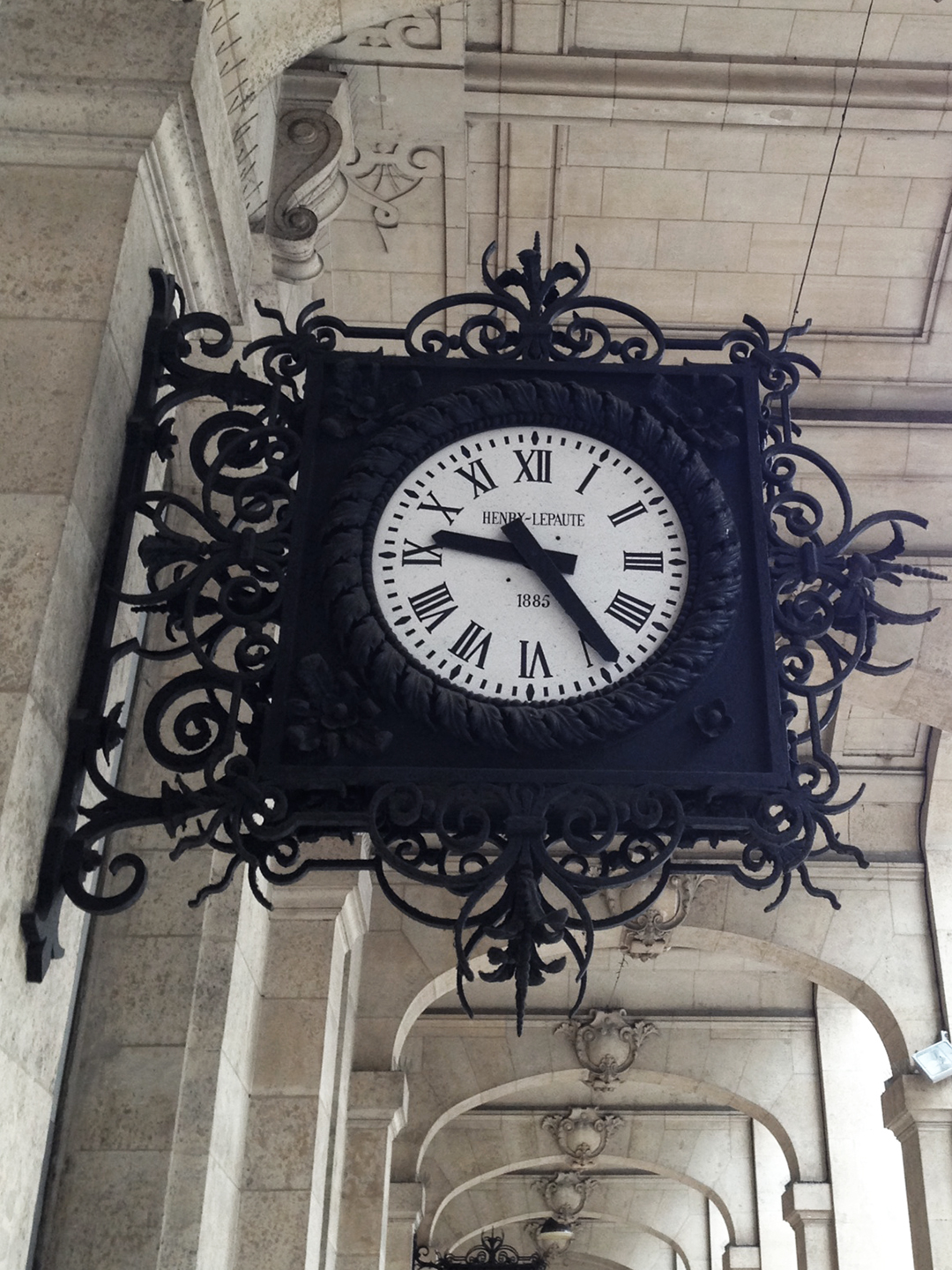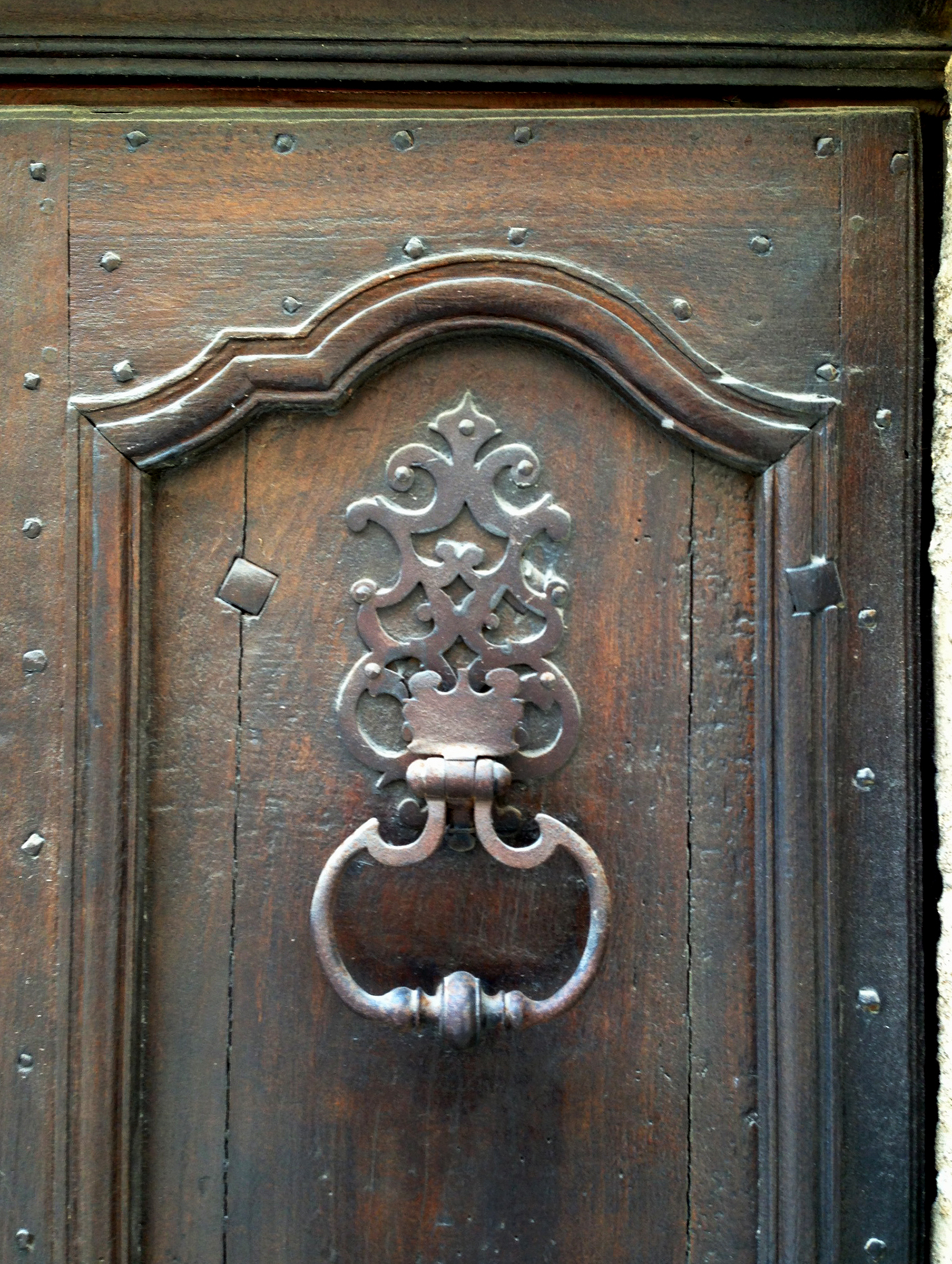10/2009 Kitchen Pantry
French classics in the garde-manger. 56 pages. Notable: rillettes and pâtés Hénaff, Amora mayonnaise, Bénédicta sauces, Lapalisse walnut and hazelnut oils, Carte Noire coffee, Lu Paille d’Or and Chamonix Orange, Margaux cherries in Armagnac; St Dalfour giant prunes and luscious figs; Batna, Carambar, and Hollywood gum; Rochers Suchard; Bistro de Paris red-and-black porcelain dishes; Mont St Michel eau de Cologne; Paris folding umbrella.
10/2010 Vintage
I found a spectacular collection of glass objects featuring vintage images of Paris. 56 pages. Notable: Rougié pâtés and foie gras from Québec; Eric Burr prepared lentils; L’Epicurien flower confits; Eiffel Tower salt and pepper shakers; Tintin et Milou mugs; Paris Map neckties.
10/2011 Un express, s’il vous plait
Pillivuyt Brasserie series paired with heart-shaped sugar cubes and Goulibeur shortbread featured on the Martha Stewart Show. 56 pages. Notable: Plantin’s truffle condiments; Eric Burr canned sauces; La Tisanière herbal teas; Ricoré; Abtey La Route des Liqueurs (a.k.a. The Booze Tour;) glass butter dish; five Opinel knives; Paris Puzzle Map; Clairefontaine notebooks.
10/2012 All about Lavender
Even the new French-sized reusable bags feature the star flower of Provence. 56 pages. Notable: Christian Potier sauces in a pouch; Castelas extra-virgin olive oil; La Trinitaine madeleines; Pierre cookies; French cookie cutters; Crème de caramel au beurre salé; CartExpo thermometers.
10/2013 Champagne
The French golden age of posters: Pommery Champagne on a tray along with mini pink cookies from Reims. 56 pages. Notable: mushroom-infused wines, an exclusive; Banyuls and champagne vinegar; culinary lavender; fleur de sel from Camargue; langues de chat; La Vosgienne; Bonté vintage tins of hard candies; Le Petit Prince toys and books; Bébé T-shirt and accessories.
10/2014 Brasserie Bleue
Breakfast time with large bowls and toast stamped with the Eiffel Tower. 56 pages. Notable: mackerels in white wine; Alziari olive oil; chocolate Gavottes; Sablés de l’Abbaye in commemorative D-Day tin; linen kitchen towels; Jean Vier cotton bread basket, with a cherry pit cushion to keep the bread warm; Bérard olive wood cutting board; Taylor and Ng French Creatures mugs; Laguiole steak knives, made in France, the real thing.
10-2015 Thieffry
A superb Thieffry linen tablecloth from Northern France serves as the backdrop for the new glass creamer and sugar pot. 56 pages. Notable: Rougié cassoulet; Groix et Nature seafood rillettes; Délices du Lubéron eggplant caviar, aioli, and rouille; St Michel palmiers; La Dunkerquoise waffles; Instants Parisiens chocolate Eiffel Towers; Métro oven mitts; France Map cutting board; Filt filet net bags; Caran d’Ache color pencils because it’s the adult coloring craze.
10-2016 Une Belle Salade
A Pillivuyt porcelain bowl, olive wood salad servers, and ingredients for a superlative vinaigrette. 56 pages. Notable: chicken, beef, and vegetable stock concentrates; sardine fillets; Peronneau regional honeys; St Michel grandes galettes with sea salt; palets Breton in the Citroën tin; François Doucet chocolate raisins with Cognac; Provençal tablecloths; cotton totes with vintage poster images; Savonnerie de Nyons soaps in vintage tins.
10/2017 Le Lapin Agile
The cover of the very last catalog. If you read my book, you know the story behind this reproduction of the famous “agile rabbit” of Montmartre… 56 pages. Notable: the trio of confits for cheese; Francis Miot artisan jams; Sablés in the Mont St-Michel tin; Les Liqueurs de France in dark chocolate bottles; Andrée Jardin bath accessories; Le Chatelard scented soy candles; Eiffel Tower stocking holder; real French bérets!
Vocabulary
Le garde-manger: the larder, pantry
La langue de chat: cat’s tongue (a cookie)










